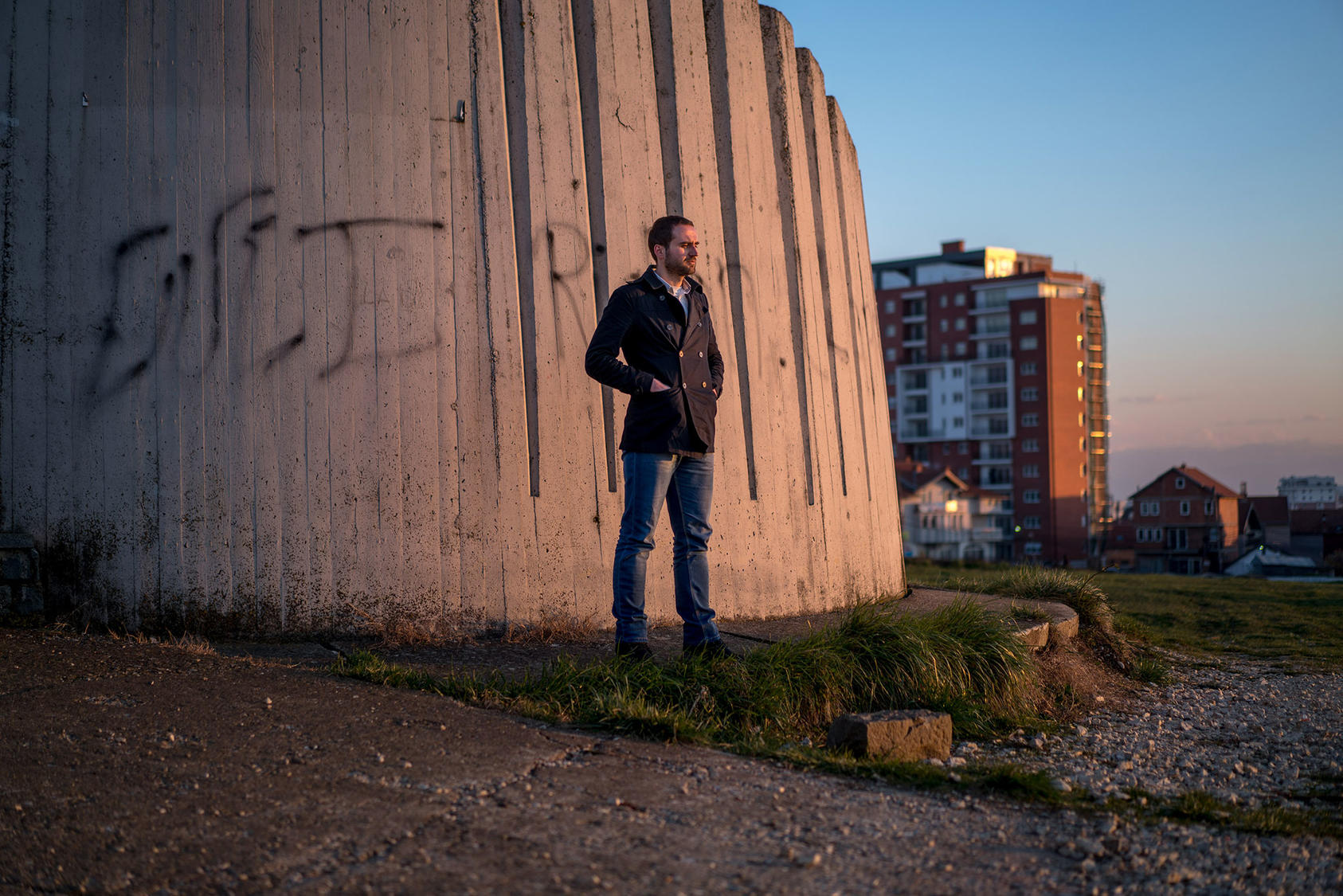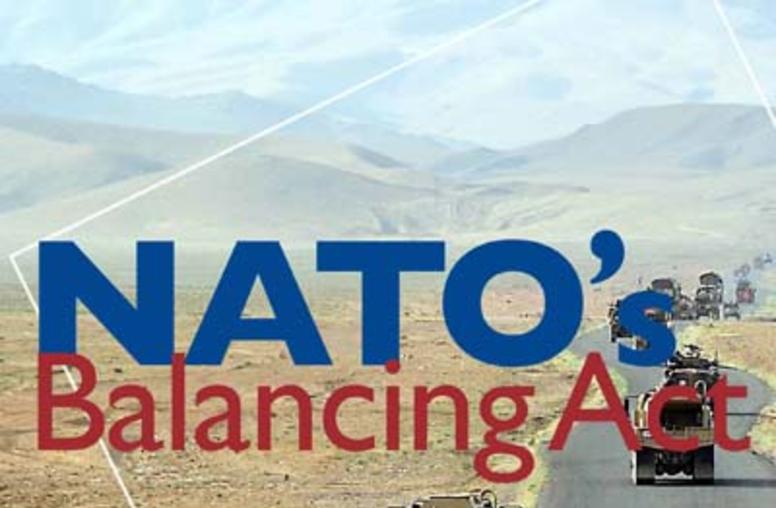The dozen senior officials seated around the room were veterans of high-level strategy and planning. They work in ministries. They serve as analysts and advisors on security, counterterrorism, human rights. They had helped craft their national policy to prevent violent extremism. Now they were embarking on a specific plan for handling the next stage of the problem. This time, there was a new factor in the room, and by the end of their two days together, they had wrestled with some less-expected topics: the generation gap, social strata and the legacy of war.

The officials were participating in a workshop organized by the U.S. Institute of Peace and the European Institute of Peace. It focused on how to deal with fighters—mostly young men, but a few women—who’d left their country to join the self-styled Islamic State in Iraq and Syria and were now heading home.
As of December 2015, as many as 30,000 people from at least 86 countries had traveled to Syria and Iraq to join ISIS, according to estimates by the Soufan Group, a security consultancy. U.S. intelligence estimates around the same time put the number at more than 30,000 from more than 100 countries, the group reported. The top five regions of origin were the Middle East, the Maghreb, Western Europe and the former Soviet Republics. Tunisia alone accounted for an estimated 6,000.
The participants in the workshop, held in Brussels, came from a country that represents a microcosm of that trend – Kosovo. The same Soufan Group report estimated that 800 nationals from the Balkan countries of Albania, Bosnia, Kosovo and Macedonia had traveled to Syria.
As of December 2016, news reports indicated 117 had returned home to Kosovo. In a small place like Kosovo, this poses a big problem. Some 20-30 percent of fighters from Western countries were returning from the battlefield, according to the Soufan report, a figure that was likely to grow as the U.S. and its partners squeeze ISIS’ front lines.
The returnees most often face arrest and criminal prosecution upon their return from Iraq and Syria. If only 20 percent of those who traveled from Tunisia to Iraq and Syria as foreign fighters returned, for example, “the criminal justice sector—and the prison system in particular—would be overloaded,” according to a recent USIP Special Report co-authored by Georgia Holmer, USIP’s director for countering violent extremism.
In Kosovo, the prison sentences for the first wave of returnees are about to expire. Yet the government’s strategy for preventing violent extremism, finalized in September 2015 and extending to 2020, focuses primarily on what law enforcement, the justice system and other official bodies can do.
Involving Civil Society
The government has not significantly involved civil society in developing that strategy or a follow-up action plan to reintegrate and rehabilitate the returnees in the communities where they will end up. Authorities most typically talk with communities about security concerns related to the returning fighters, not how they can be returned to the fold successfully so they won’t be tempted to revert to their life of extremist violence.
Kosovo, like other countries with burgeoning populations of youth and high unemployment, also fears what happens as options for radicals to travel abroad to fight are closed off by the defeat of extremist groups in war zones.
The risk is real. In November 2016, Kosovo police reported they had disrupted a terror plot targeting a soccer stadium during a high-profile match. The ringleaders, they said, had been members of ISIS in Syria. In December, German police arrested two Kosovars under suspicion of planning an attack on a shopping mall.
Initiatives to counter violent extremism that promote awareness, dialogue and cooperation among government, law enforcement and communities have the potential to help address the risks of radicalization and the challenges of rehabilitation and reintegration. Given that young people are the most vulnerable to recruitment and most often involved in fighting abroad, policy and strategy discussions could benefit especially from the input of youth organizations.
The workshop illustrated the gaps. The new element in the room with the delegation of government officials was civil society: the president of a youth council, a senior researcher and a professor of Islamic studies. In one moment of tension, the youth council president noted that Kosovo’s youth haven’t been invited to participate in the national strategy planning, but only saw the policies that emerged. Some of the senior officials essentially confirmed as much when they quickly invited her to make an appointment to review the documents.
Designing Community Dialogues
Workshop attendees walked through an exercise of designing community dialogues for preventing radicalization and reintegrating returnees—who should be involved from all levels of government and society, where they should be held and how. The exercise specifically emphasized involving civil society representatives such as youth, teachers and religious leaders. Facilitators drew on lessons from similar dialogue work that USIP has conducted on other issues in post-conflict environments around the world, such as how to build trust between government and civil society representatives.
There are gaps, however, between government planning and reality. For example, the participants developed strategies that acknowledged the need for long-term psychological support for returning fighters being reintegrated. But one attendee lamented that Kosovo has too few licensed psychologists.
Two days of frank discussion revealed tensions not just over resources or between government and civil society, but also in types of life experience. In discussing how radicalization occurs, longtime government officials were reluctant to touch on the effect of Kosovo’s own violent past during the Balkan wars of the 1990s and the possibility that violence had become “normal” to a certain extent, possibly increasing the vulnerability of today’s youth to radicalization.
The discussion illustrated the need to carefully navigate local dynamics and histories in developing strategies and action plans to respond to returnees. At the end of the workshop, the government representative in charge of coordinating Kosovo’s action plan for reintegration and rehabilitation said community dialogues would become a new feature of their plan.
“Even if we had done everything perfectly a year ago when we drafted the action plan” on violent extremism, one attendee said, “the environment has changed. Getting everyone on board is a huge task.”



